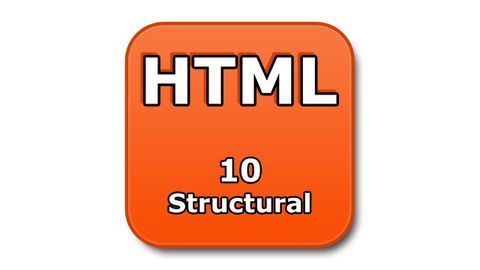
Subtitles & vocabulary
HTML Tutorial - 10 - Structural Markup
00
Ted zhang posted on 2015/01/26Save
Video vocabulary
content
US /ˈkɑnˌtɛnt/
・
UK /'kɒntent/
- Adjective
- Being happy or satisfied
- In a state of peaceful happiness.
- Noun (Countable/Uncountable)
- Information in something, e.g. book or computer
- The subject matter of a book, speech, etc.
A2
More structure
US /ˈstrʌk.tʃɚ/
・
UK /ˈstrʌk.tʃə/
- Noun (Countable/Uncountable)
- The way in which the parts of a system or object are arranged or organized, or a system arranged in this way
- A building or other man-made object.
- Transitive Verb
- To plan, organize, or arrange the parts of something
A2TOEIC
More text
US /tɛkst/
・
UK /tekst/
- Transitive Verb
- To send a message by phone or other device
- Uncountable Noun
- Any form in which writing exists
- Reading or audio passage, often a story or article
A1
More Use Energy
Unlock All Vocabulary
Unlock pronunciation, explanations, and filters
